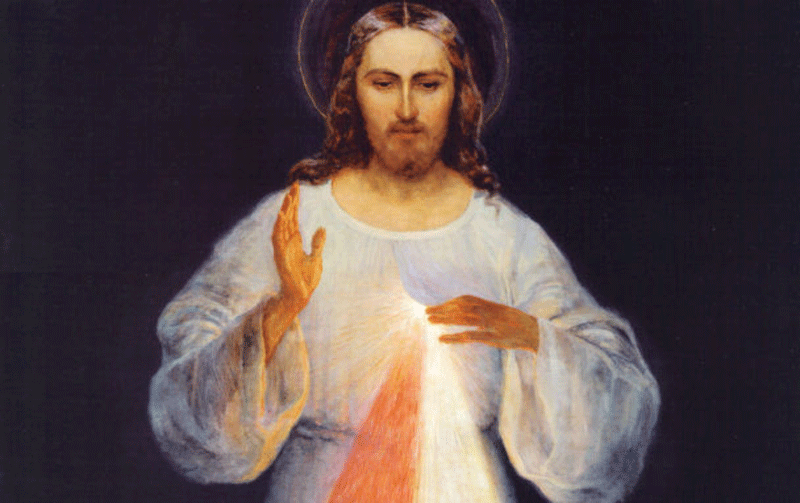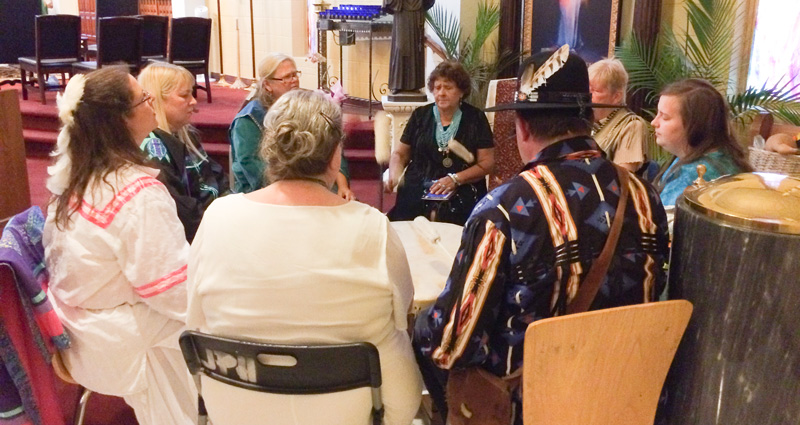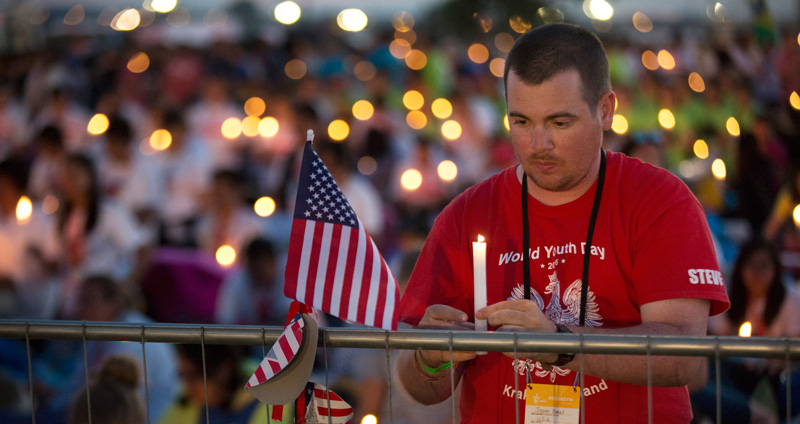
The visions of a Polish nun in the 1930s led to the devotion of the Divine Mercy, which will be celebrated worldwide on April 23, Divine Mercy Sunday.
Sister Maria Faustina Kowalska saw the visions of Jesus beginning in 1931 while she was living in a convent in Cracow, Poland. The visions lasted for several years and she compiled them in a series of diaries, which have since been published as “Divine Mercy in my Soul: Diary of Saint Maria Faustina Kowalska.” The diary entries express Jesus’ desire to spread his mercy and love to everyone in the world.
One of her earliest visions revealed what was to become an important part of the Divine Mercy devotion. Jesus asked the nun to paint an image of him. She found an artist known as Eugeniusz Kazimirowski, who painted what has since become a famous image of Christ pointing to his heart while it emanates rays of red and white light.
Sister Faustina wrote that she was instructed to “Paint an image … with the signature: Jesus, I trust in You. I promise that the soul that will venerate this image will not perish.”
The image was first displayed in Lithuania in 1938, the same year her spiritual directors spread the contents of Sister Faustina’s diary after her death. The Divine Mercy devotion quickly spread in Europe and reached the United States between 1942 and 1959. It was initially banned here by the Holy Office, but was lifted in 1978, six months before the election of Pope St. John Paul II.
Pope St. John Paul II first developed an interest in Sister Faustina in the 1960s and started an investigation, which eventually led to her beatification. He canonized her in 2000 and established Divine Mercy Sunday.
The devotion includes praying the Divine Mercy Chaplet and displaying the image of Jesus Christ that Sister Faustina was instructed to paint. Many people display the image in their homes or carry it with them on prayer cards.
The chaplet involves a series of Our Fathers and Hail Marys prayed on the rosary, while meditating on Christ’s passion and reciting a series of prayers.
It is traditional for many of the faithful to begin praying the Divine Mercy Novena on Good Friday and continue it until Divine Mercy Sunday.
Many people pray to the Divine Mercy at 3 p.m. daily, because this was described in Faustina’s diaries as “An Hour of Great Mercy.” She described 3 p.m. as a time to pray for sinners and meditate on Christ’s passion.
To learn more about the Divine Mercy devotion, visit www.thedivinemercy.org, a website run by the Marian Fathers of the Immaculate Conception.
Rendition of painting by Eugeniusz Kazimirowski, 1934



